Make your own mini hovercraft
A simple science project shows how to make something hover, and provides lots of opportunities to experiment
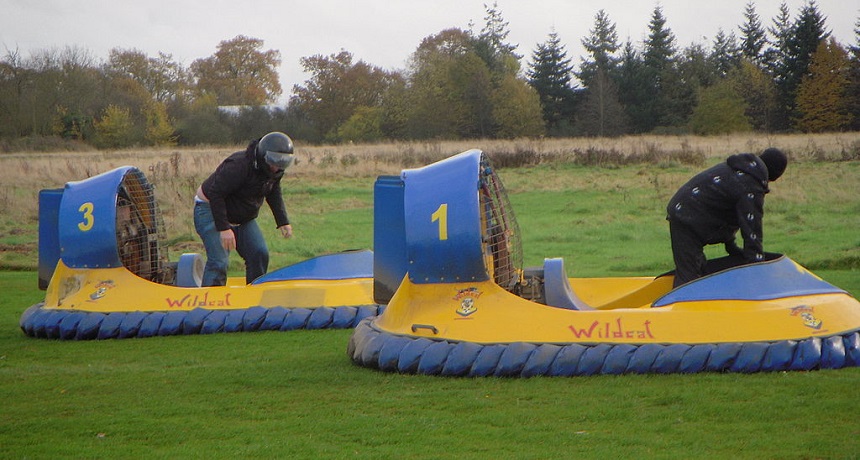
These two vehicles are racing hovercraft. Motors pump air to inflate balloons, allowing the vehicles to sort of hover on an air cushion (the balloon) while a propeller pushes them forward.
Dave Adcock/Wikimedia Commons
When you see motorbikes hover in movies like Star Wars, you might think that hovering is just a part of movie magic. We may not yet have a floating motorcycle, but we do have hovercrafts that glide over water and land. And with a fun home project, you can make your own tiny versions of these vessels.
At GeekGirlCon in Seattle, Wash., this past October, I got to make one in the Do-it-yourself Science Zone. Scientists led kids (and kids at heart, like me) through fun projects. Stephen Granade, works on robots at Dynetics, a company in Huntsville, Ala. He was on hand to teach kids how to make a real-life mini hovercraft.
The principle behind it is simple. To make an object hover above the ground, you need to generate lift, or upward force. One way to do this is to send a jet of air down beneath your object. This will create an air cushion beneath the object that allows it to ride above the ground. Current hovercraft work this way, by pumping air into large inflatable balloons underneath a vehicle. With the bottom filled with air, a hovercraft uses a propeller to push more air behind it, moving itself forward over water or even land. The vehicle is held over the ground on a pillow filled with air.
As the air flows out of the balloon and through the hole in the bottle cap, it forms a cushion of air under the disc. This allows your hovercraft to glide over a table.B. Brookshire/SSP |
A mini hovercraft is based on the same idea. First you’ll need a push/pull cap from a drink bottle (these are caps commonly found on water bottles). Pulling the cap up into the open formation allows water out. The cap is closed by pushing it down. For this project, you’ll also need a flat, round object with a hole in the middle to serve as your base; some glue and a balloon.
That flat object might be a CD. Using glue (a glue gun is best for this, but other glues also will work), secure the base of the push/pull cap to the flat object, covering its hole. The center of the cap should be directly over that hole. Glue only around the base, because you want to be able to open and close the bottle cap. Start with the cap in the closed position.
Once your glue has dried, blow up a balloon. Keeping your fingers pinched across the neck of the balloon to keep the air in, carefully slip the open end of the balloon onto the top of the still-closed bottle cap. Now, when you open the bottle cap, air will woosh out of the balloon and through the hole. This forces the balloon air down and under the compact disc. Voila, the disc immediately slides around on a cushion of its own air.
This model hovercraft is fun on its own. But building the hovercraft also gives you the opportunity to design experiments. Measure how far and how high the hovercraft goes when it’s filled with helium instead of air. Or find out if the distance changes if you use a larger disk, a smaller disk or no disk at all. Make your own hovercraft and start experimenting.


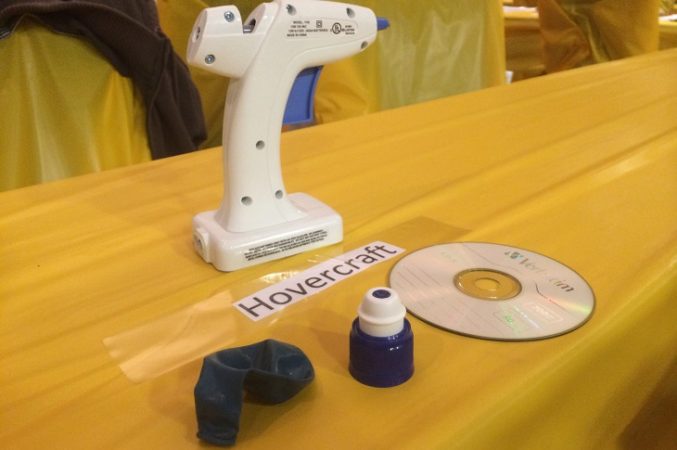
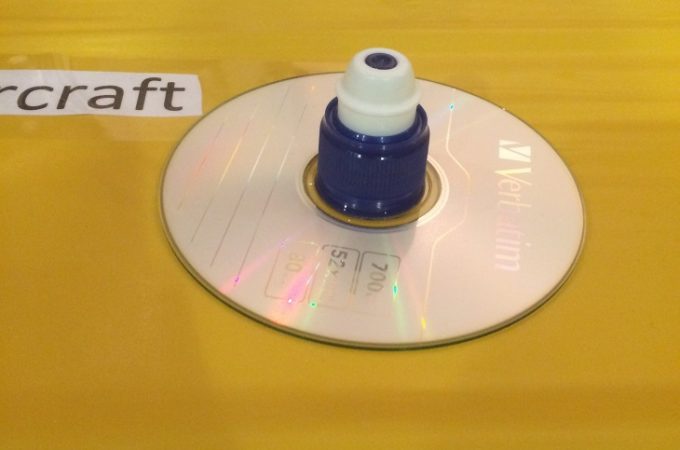
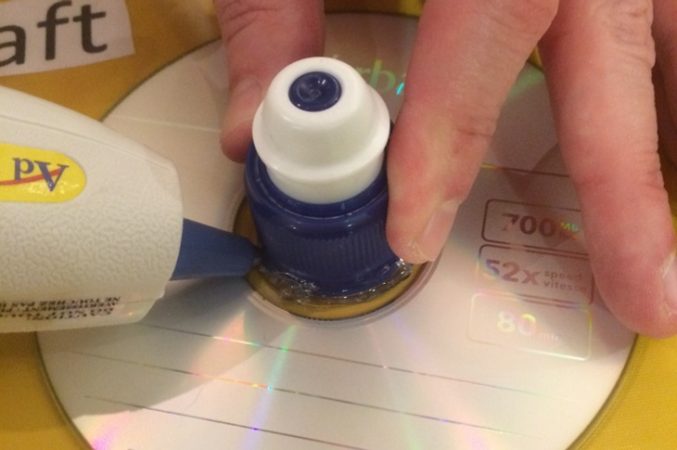
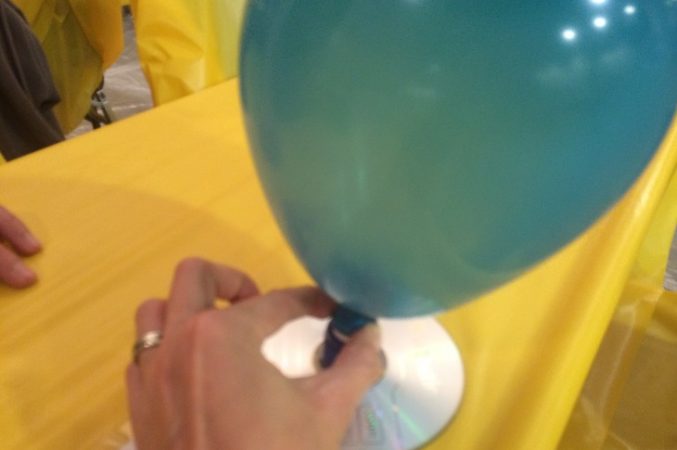
Follow Eureka! Lab on Twitter
Power Words
hover To float above the ground, maintaining an intentional position.
hovercraft A vehicle that travels over land or water atop a river of air. Blowers send a large jet of air beneath the vehicle that is slightly above atmospheric pressure. The pressure difference this air and lower pressure air above it creates lift. That, in turn, allows the craft to float atop a cushion of air.
lift An upward force on an object. It may occur when an object (such as a balloon) is filled with a gas that weighs less than air; it can also result when a low-pressure area occurs above an object (such as an airplane wing).







